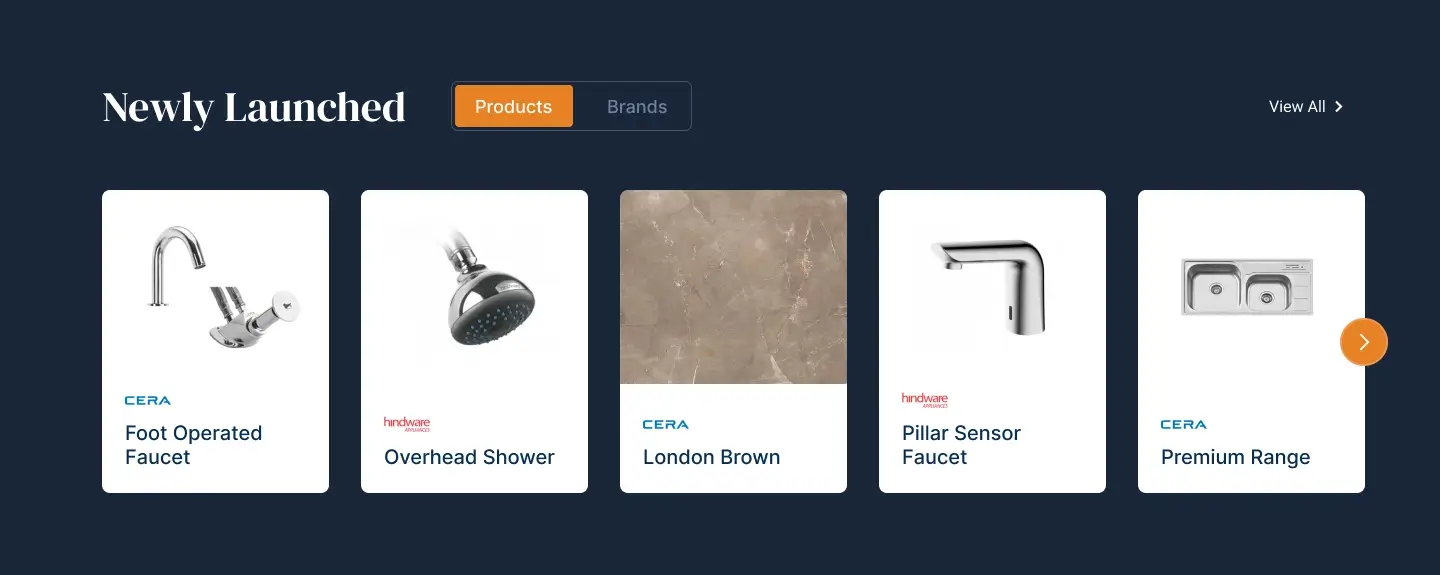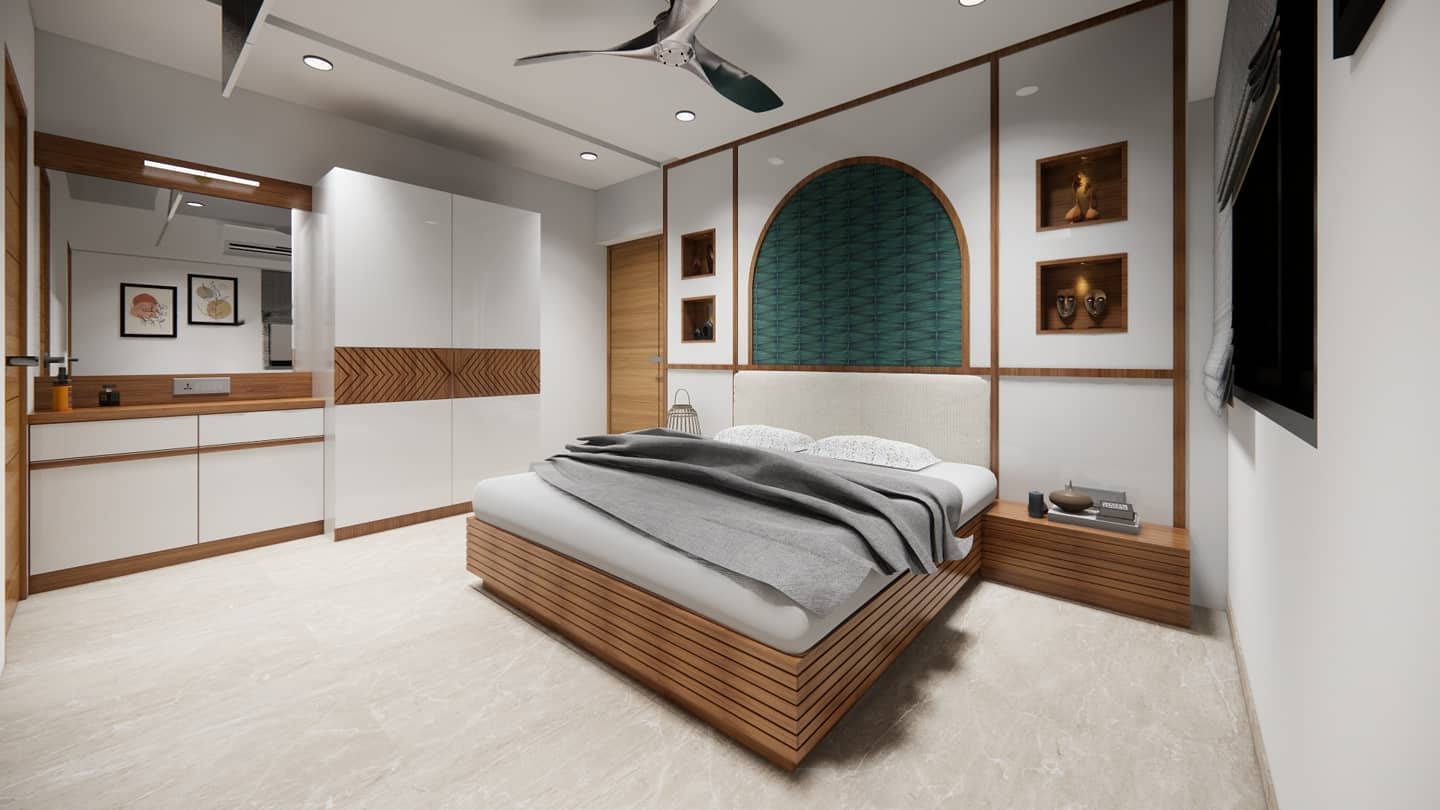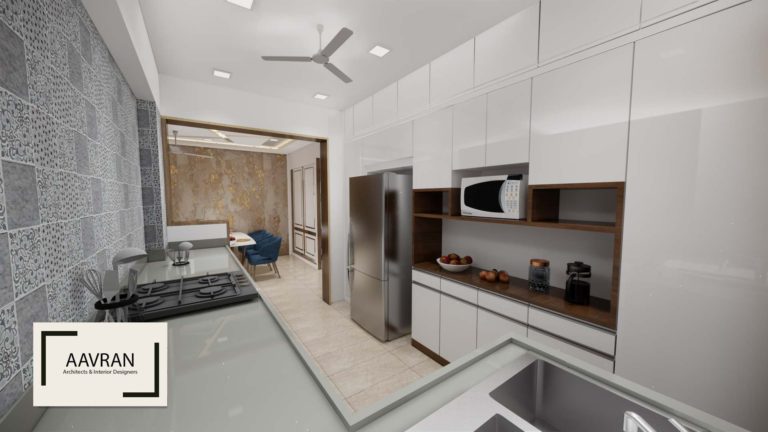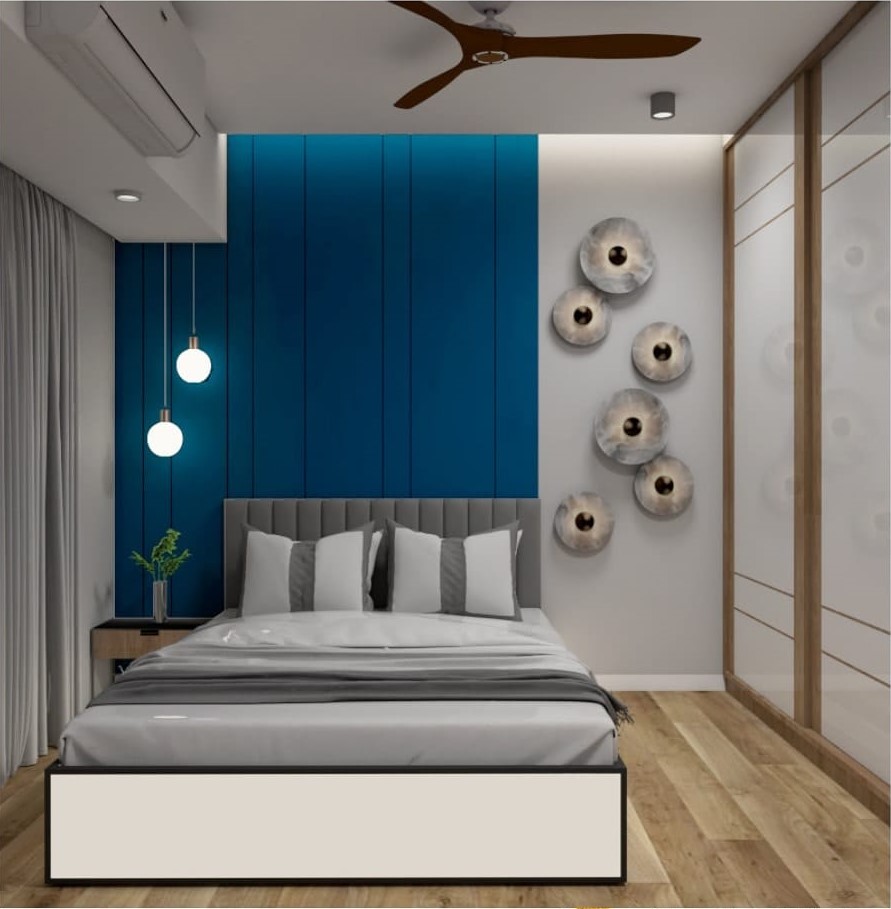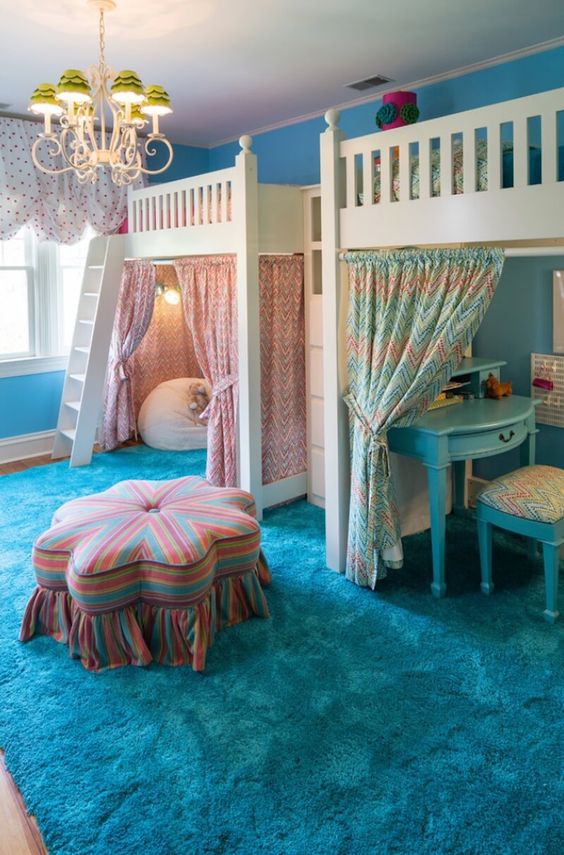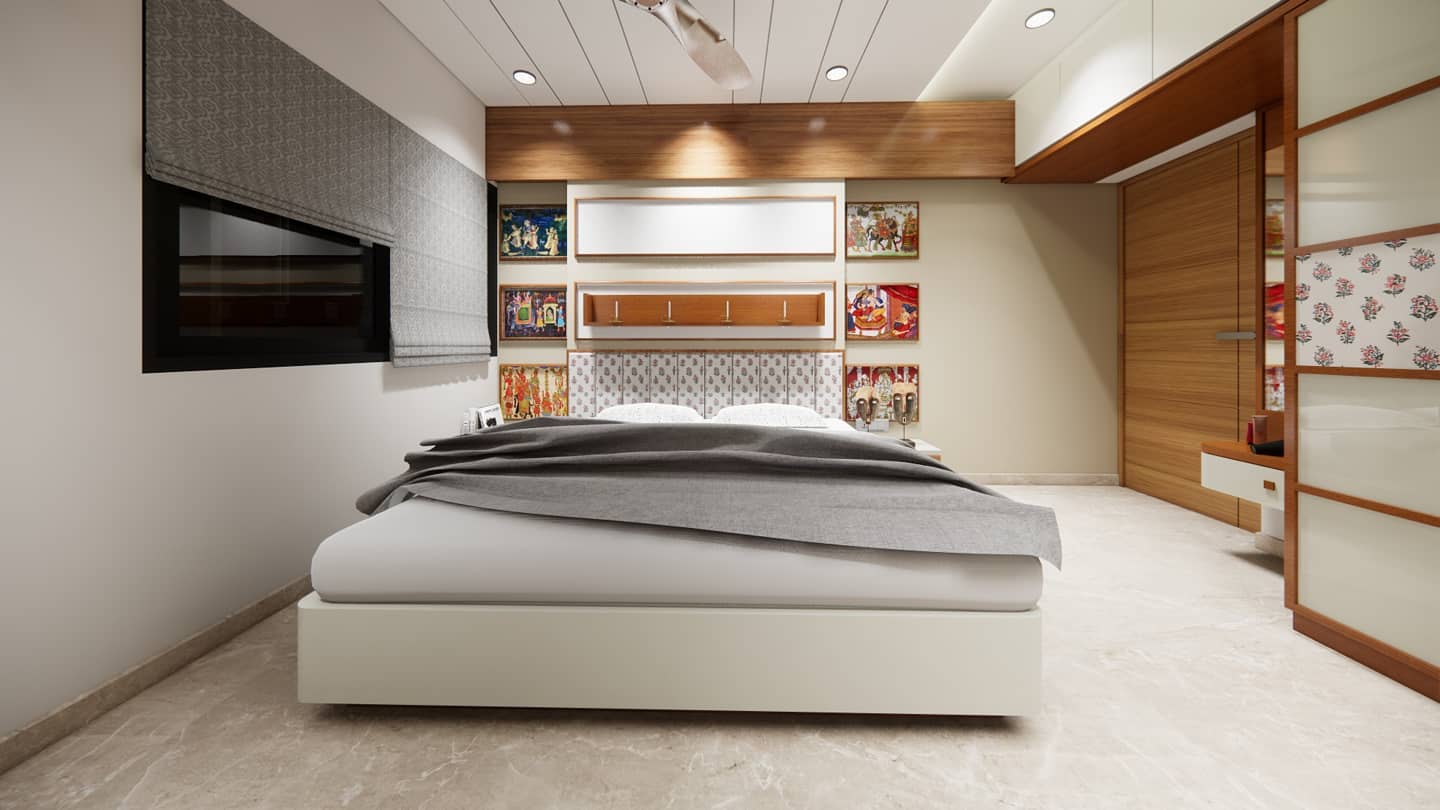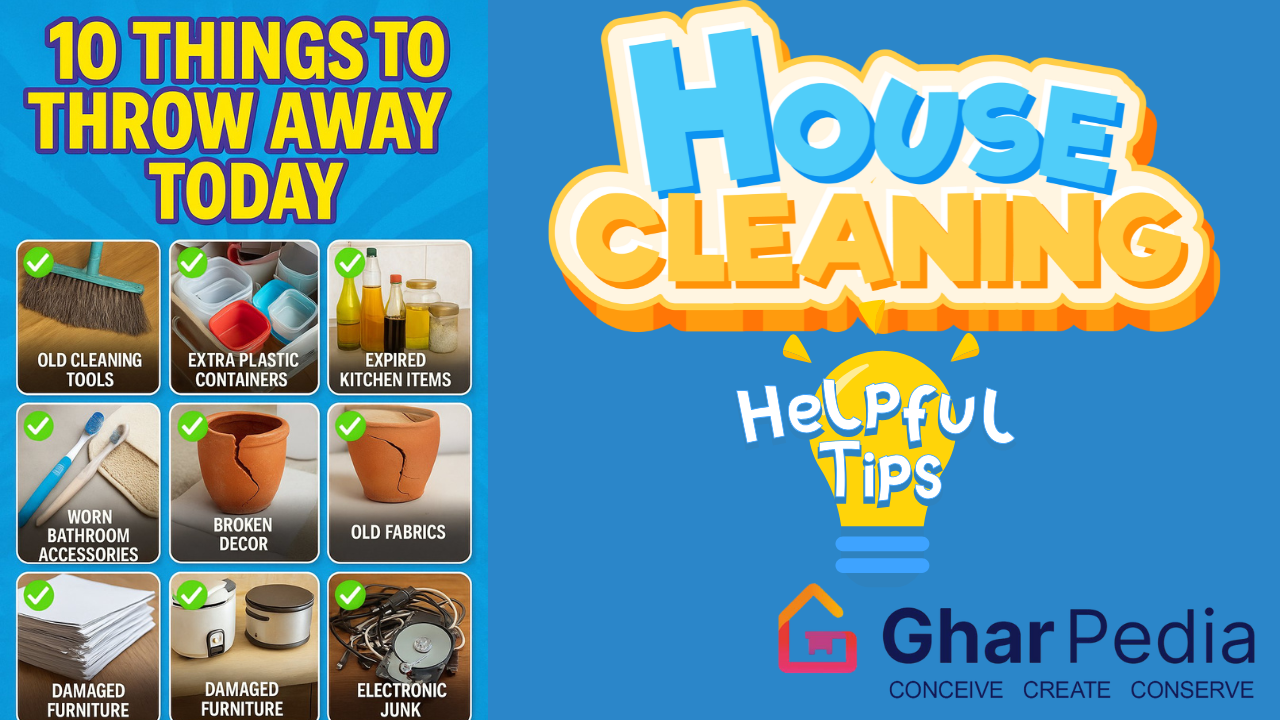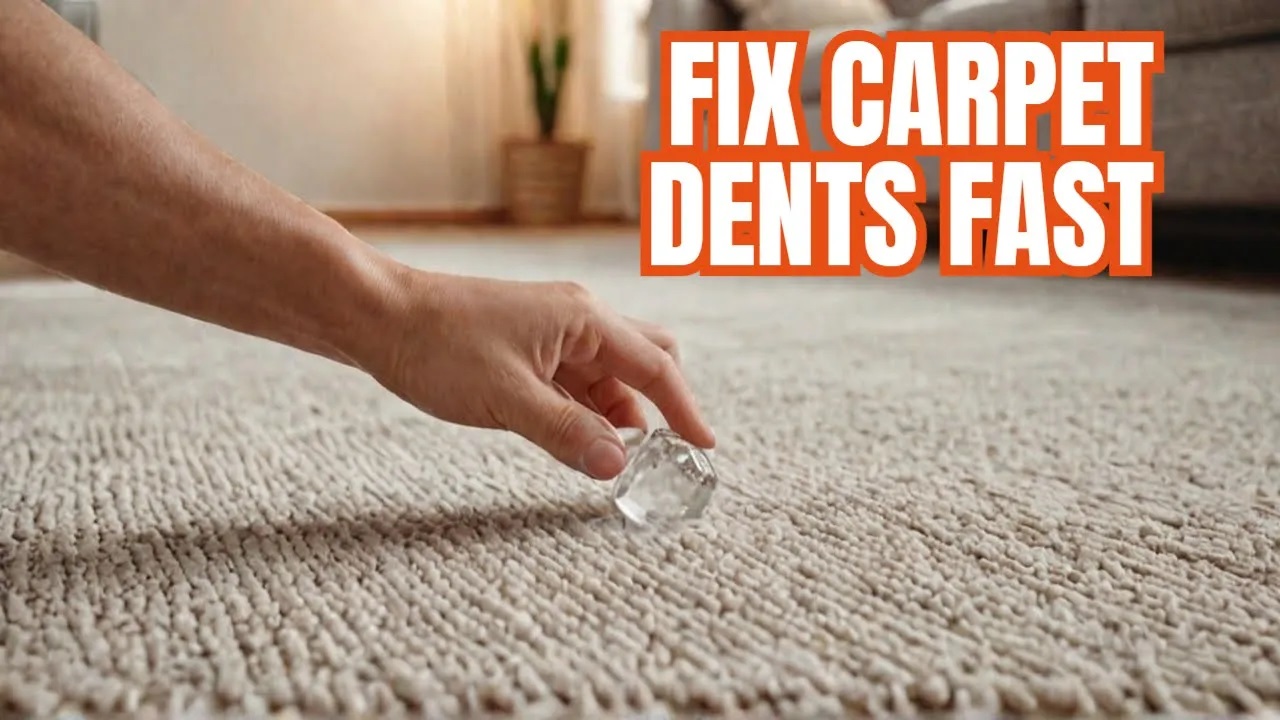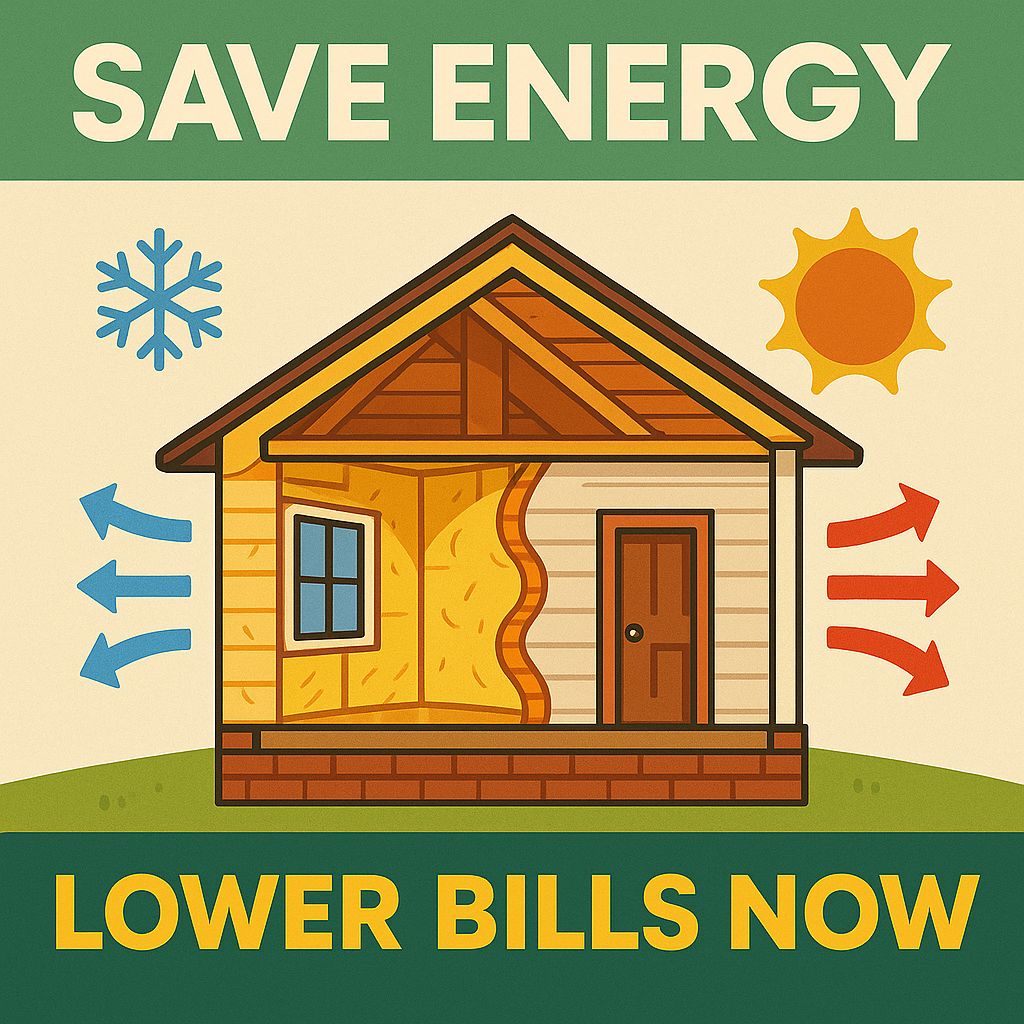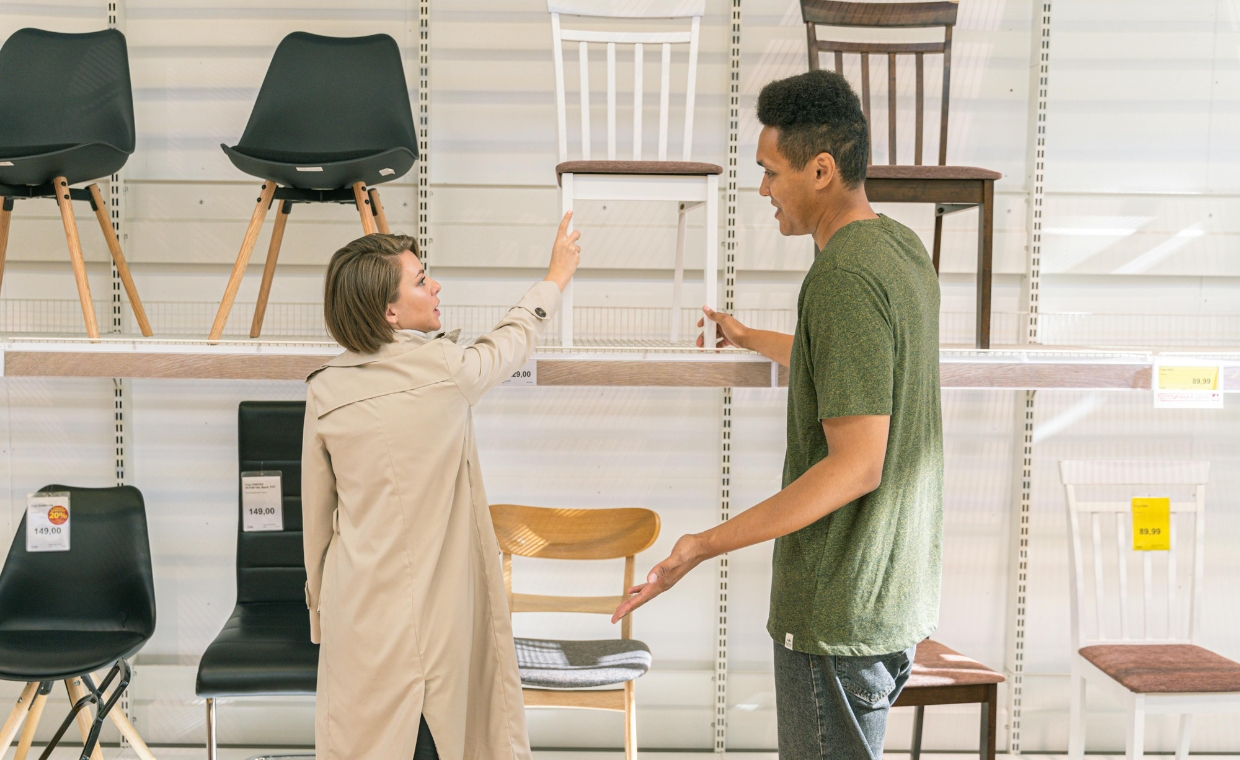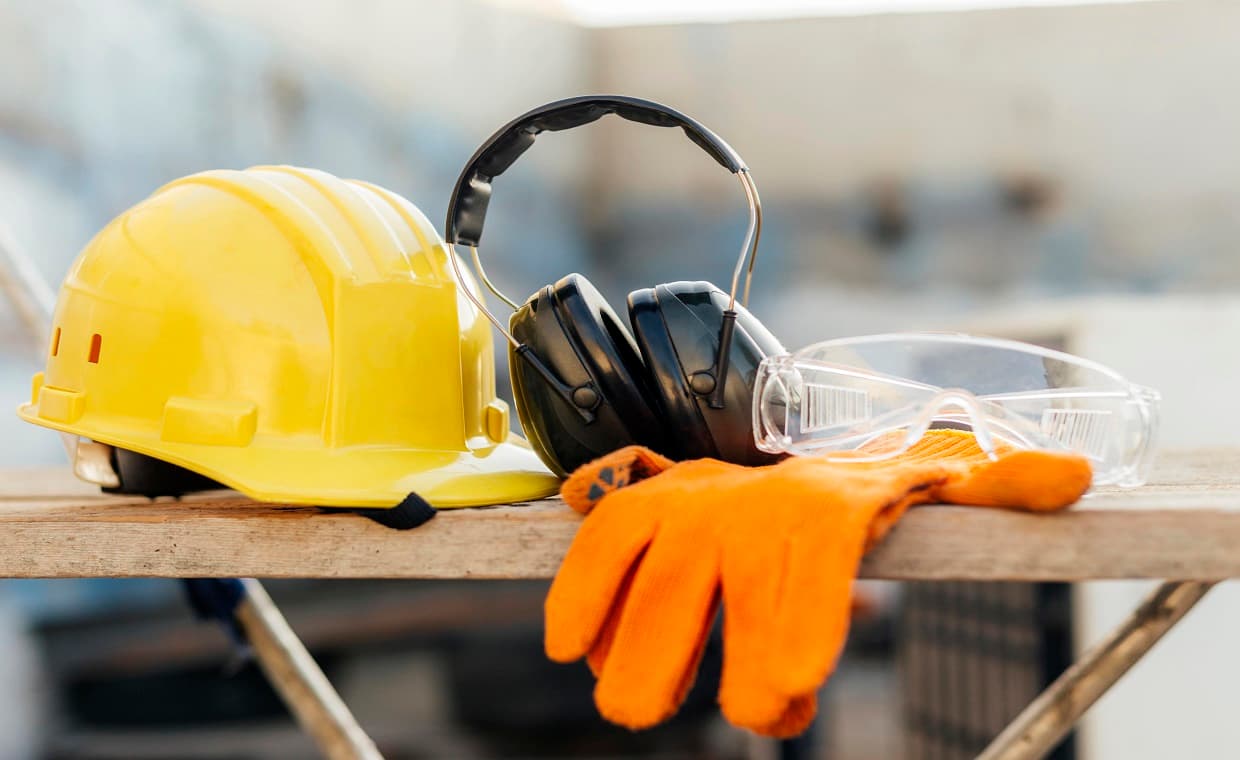
Table of Contents
Quick Summary
- Examines why certain home safety equipment is frequently used while other gear gathers dust.
- Highlights the “comfort test,” where fit and ease of movement determine consistent use.
- Explains the convenience factor-gear stored in accessible spots is worn more.
- Discusses perception of risk and how “quick jobs” often skip protection.
- Shows why multipurpose, versatile safety gear outperforms single-use items.
- Warns of hidden costs: wasted money, clutter, and a false sense of security from unused equipment.
- Offers insights for choosing and organizing gear to increase real-world safety benefits.
If you walk into a homeowner’s garage, you’ll likely see a shocking mix of safety equipment. You’ll have the hard hat from the construction project that was done 3 years ago, still in the box, the safety goggles you thought you needed but never used, work gloves that have stiffened because they haven’t been worn, and equipment you can tell gets used frequently because it is worn smooth.
These two categories of equipment reveal something fundamentally about the human condition and safety equipment design. People will use gear that makes things easier, while, on the other hand, gear that creates an additional speed bump or inconvenience for us will never get used again, regardless of how much it cost or however necessary it might be for the project or repair.
This pattern will exist in every type of safety gear, from general PPE, to specialized tools designed for specific tasks.
The Comfort Test That Determines Everything
Comfort is more important to the average user of safety equipment than most know. A hard hat that gives you a headache after twenty minutes will sit on a shelf for most of its life. Safety glasses that continue to fog up on your first yard project will never be used again. Knee pads that shift around while working on the floor make the job harder than anticipated.
The gear that gets used consistently survives the comfort test. It fits well enough that one forgets they’re wearing it. It doesn’t inhibit vision, motion or dexterity to the point that dwellings increase in difficulty from completing tasks. Most importantly, it doesn’t compromise existing problems while addressing another safety concern.
This is most clearly observed with safety equipment related to vision. Homeowners that utilize spectacles often encounter the dilemma about eye protection while tackling projects around the house. Many find that solutions such as prescription safety glasses provide a clear option that eliminates the uncomfortable position of wondering about clear vision and adequate eye protection, explaining the popularity of this type of equipment regularly being used instead of being stored in a garage.
The same patterns ring true in regards to various other types of equipment having to do with protection. Equipment that comprises an appropriate part of the mechanisms of doing work will never be forgotten. Contrarily, the proper work tools that takes the user out of their usual routine will be easily forgotten.
The Convenience Factor No one Talks About
In addition to storage and accessibility, there is more than what most homeowners expect relative to use. It is more than “difficult to find when looking for it” by homeowners fleeing to and back to nearby work locations. If the equipment is installed in locations that are inconvenient or requires a few steps to access and prepare for use defeats any adoption effort for utility and use. Householders often acknowledge that while they mean to adopt the use of safety equipment, the mental friction while walking to and preparing the protective gear far out weights the benefits of safety as considerable, especially on smaller projects.
Equipment that is not part of a kit, established, a and provision for ease of access, will be used far more compared to items that are provided with normal safe storage and protection provided according to establishment of care for storing them. Safety glasses hanging on a hook in an easily accessed location next to the workbench are worn a lot more than the exact same safety glasses that are found in a toolbox bottom drawer. Work gloves that require one extra pocket for one that fits into a work pocket will more likely be worn versus the separate storage function of the garage cabinet.
Many householders often report their most used safety tools may survive in an easy to access location versus proper storage. Safety glasses may be located on the kitchen counter, not in the workshop. Work gloves sometimes get stuffed into jacket pockets, rather than staying in their tool boxes, tool belts or tool storage. Ultimately, these paths of convenience reveal what kind of safety equipment individuals essentially determine is valuable enough to keep close at hand.
Why do Some Projects Seem to Generate Safety Attention while Others Do Not?
Generally speaking, it appears that household project tasks can usually be grouped into “types” that receive more safety attention than others. That doesn’t seem to be a predictable process that correlates with the “risk” of injury based on the task. Tasks that call for power tools, for example, may create much preparation for safety and others, equally dangerous, such as working from a ladder or a cleaning task involving chemicals, may get very little or no consideration for protective measures.
The difference is usually a function of perceived risk versus actual risk. The behaviours associated with activities that feel “dangerous” or present a higher likelihood of injury, generate safety equipment behaviour. In contrast, familiar tasks that present significant risk but lack familiarity, receive less attention. For example, homeowners may wear complete protection while operating a circular saw but may not wear eye protection when they are grinding or sanding; even though the latter activities pose a significant risk of eye injury.
The real- or perceived-time pressure is also a factor in deciding to don and wear safety equipment. Quick repair jobs often forgo any type of protective gear, whereas of course longer repair jobs, things they decide to wear full protective gear for the project of effort or task. The mindset of “it will only take a minute, or just a minute was very different from another activity of functional or facility alteration to the home,” always seems to lend itself to the most preventable injuries at home when it was supposed to be a “quick job,” but was really a void job or two minutes turned into a longer amount of time.
The Versatility of Multipurpose Safety Equipment
Safety equipment that has more than one purpose is more likely to be used over and over again than equipment that can be used for only one purpose. General safety glasses that you can use when woodworking or yard work or cleaning don’t get set aside as often as safety glasses that are for just one activity.
When thinking about the versatility of the safety gear or resources, this is why many homeowners may decide to spend the extra money on a better piece of safety gear that will work on several activities compared to buying cheaper safety gear that is only used for specific tasks. A single pair of safety glasses that are well manufactured that can work for all of those activities has a better use rate, value, and likelihood of being used over multiple pairs of cheaper safety glasses used for only one task.
Considerations of the multipurpose factor also help when trying to make decisions about if and when to use safety equipment. If a homeowner does not have to choose between multiple pieces of equipment to use for a project, they are more likely to use the safety equipment. The mental friction created around selecting equipment to use can lead to skipping using those pieces of equipment altogether instead of determining which items to set aside to keep safe.
The Real Cost of Not Using Safety Equipment
Not using a safety piece of equipment creates more than just wasted money but a false sense of security. Homeowners who own a piece of safety equipment but may not use it regularly will think that their safety is nothing less than it really is, and may even think the project is less risky than it really is. This effect may also create even more risk of a potential accident than someone who knows they do not have any safety equipment at all.
A garage filled with unused safety gear creates mental fatigue for making decisions. When there are multiple options but none consistently get used, homeowners spend mental energy on making decisions between using none of the equipment instead of thinking about the safety needs of their project and the safety consideration information they have been provided.
The cost of storing and a cluttered garage is part of the cost of unused safety equipment that has not been used. Safety equipment that has only ever sat in a garage without providing an actual safety benefit needs space and storage and takes up usable space. Many homeowners eventually throw these items away to make room for tools or pieces of equipment that will actually help them achieve their project goal instead of keeping something that might protect them at some point in the future.
The point in examining usage patterns in home safety equipment is that the best safety equipment is the safety equipment that is being used. The design of the equipment, where it is stored, and whether or not it can be used easily is more important and relevant than detailed characteristics of safety, such as specifications or ratings related to its printed protection. Understanding the human factor can be helpful and an understanding safety equipment when making purchasing decisions, as well as the organizational considerations of safety equipment that can support its frequency of use.
Also Read: Why has my Power Tool Stopped Working
FAQs: Safety Equipment for Home
Q1: What are the main reason homeowners stop using safety equipment?
Discomfort and inconvenience are the biggest reasons safety gear is abandoned.
Q2: How does storage location affect safety gear usage?
Equipment that’s easy to access is used far more than items buried in drawers or garages.
Q3: Why is multipurpose safety equipment more popular?
Versatility reduces mental friction and ensures gear is ready for many tasks.
Q4: Do homeowners misjudge the risk of certain projects?
Yes, familiar tasks often feel safer, leading to skipped protection despite real hazards.
Q5: What is the hidden cost of unused safety equipment?
It wastes money, creates clutter, and can give a false sense of security.





